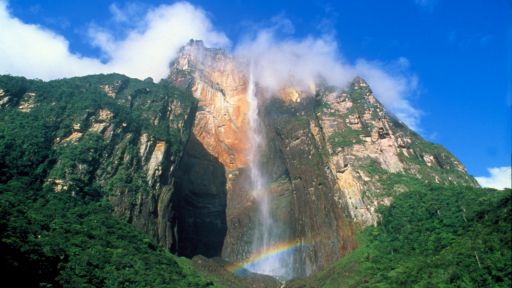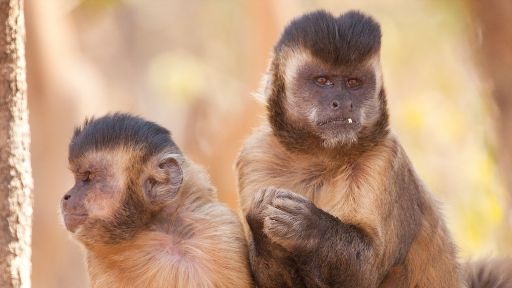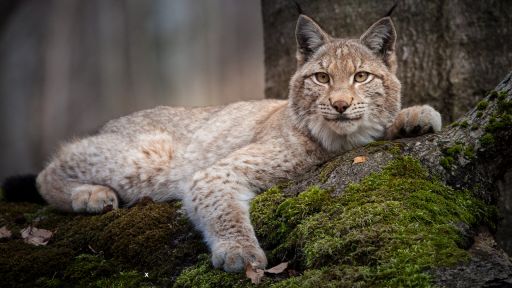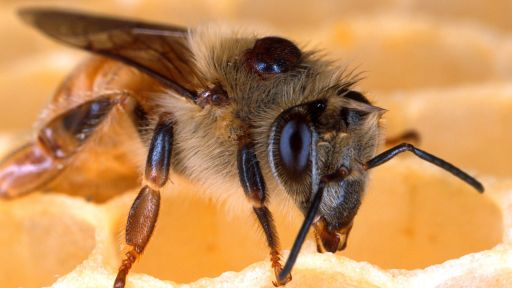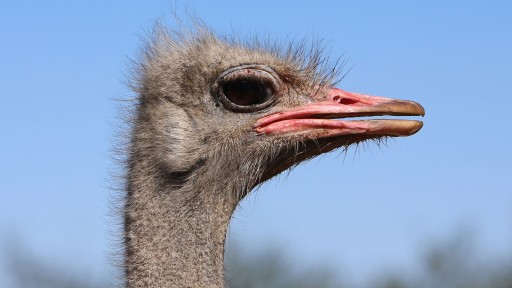
Mount Roraima
Mount Roraima
The Lost World's tabletop mountains or "tepuis" tower over the jungle and savanna grasslands. Mount Roraima, which means "the great, ever fruitful mother of streams" is the tallest rock formation in the region.

Angel Falls
Angel Falls
At 3,212 feet Angel Falls is the world's highest waterfall. It pours from the rainforest-covered Auyantepuis and plunges into Devil Canyon. In the wet season (June to December) the falls are voluminous and spectacular.

Gran Sabana
Gran Sabana
The diverse terrain of the region includes the flat plateaus of the Gran Sabana as well as the towering tepuis. The origins of the savanna are unclear but some scientists say that it may have resulted from regular burning by indigenous inhabitants during prehistoric times.

Autana Cave
Autana Cave
Autana tepui has caves whose tunnels pass through one side to the other. These caves were formed 3 billion years ago by an underground river system. One cave, formed entirely of quartz, measures 1,300 feet in length and 130 feet in height.

Vulture Rock
Vulture Rock
Millions of years of wind, sun, and rain have created rock sculptures. These black rocks, often covered with lichen and moss, take on the shape of dinosaurs, animals, and humans -- adding myth and mystery to the region.

Sarisarinama Sinkhole
Sarisarinama Sinkhole
Explorers traveling to the region via airplane discovered new worlds: sinkholes. Here a 1,000-foot hole in the Sarisarinama tepui contains an isolated forest with many unique species.

Valley of the Crystals
Valley of the Crystals
Atop Mount Roraima, quartz crystals sprout from the ground in profusion, giving rise to the legend that the Lost World has fields of diamonds. The layers of quartz are revealed when soft sandstone erodes.

River of Gold
River of Gold
Explorers and adventurers are drawn to the Lost World by its legendary rivers of gold. Jimmie Angel, who discovered Angel Falls, was actually in search of gold when he spotted the waterfall that now bears his name. This river of gold atop Auyantepui gets its color from plant tannins.

Stegolepis
Stegolepis
Plants have adapted to the unique environment of the Lost World. Many are carniverous (see Eco Explorer, Florascope) while some have no permanent anchorage -- moving where flash floods take them. This stegolepis (Stegolepis guianensis) grows at the summit of Mount Roraima.

Seedeater Bird
Seedeater Bird
Just as the plants are peculiar to the tepuis, many birds are also unique species. They are, for the most part, seedeaters and nectar feeders who have adapted to this hostile environment and learned to forage for food anyway they can.

Carrao River
Carrao River
Several rivers crisscross the Lost World's savanna -- many of which are only navigable during the rainy seasons. Travel via a dugout canoe on the Carrao river and you'll encounter giant otters as well as monkeys and birds living in the jungles on either side of the river.

Spider Monkey
Spider Monkey
Amidst the tropical forests of the tepuis are spider monkeys. These monkeys, found in forests throughout Central America, are known for their extreme agility in trees and rarely venture down to the jungle floor.

Black Curassow
Black Curassow
Curassows are the largest types of game birds called pigeon-toed fowls. These roosting birds whose meat is considered a delicacy are found in other parts of the world -- from Argentina to Texas. They are named for the island of Curaçao although none are found there.

Plane Wreck
Plane Wreck
Explorers and scientists have ventured to the region since the 1830s, traveling by boat and on foot. Now explorers and tourists alike visit the Lost World by plane. But the trip may be dangerous. Several plane wrecks, including this DC3, litter the tepuis landscape.
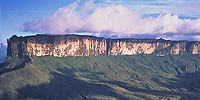
na_thmb_lelost_photo

22
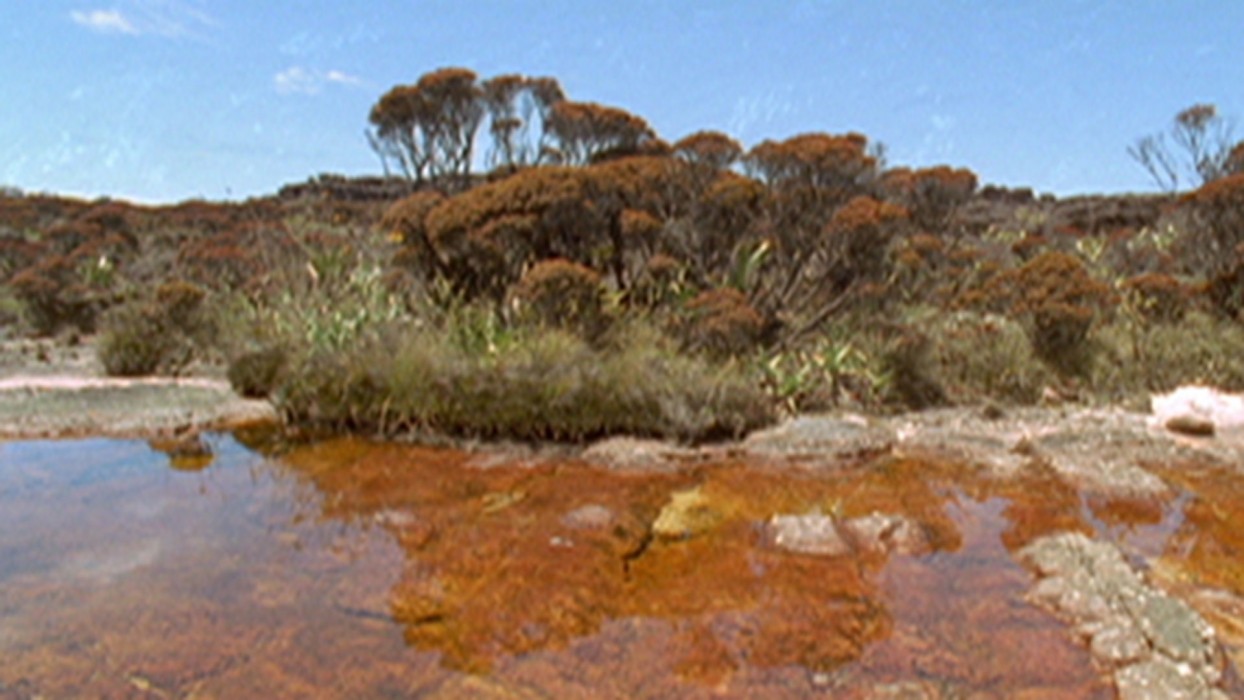
82


